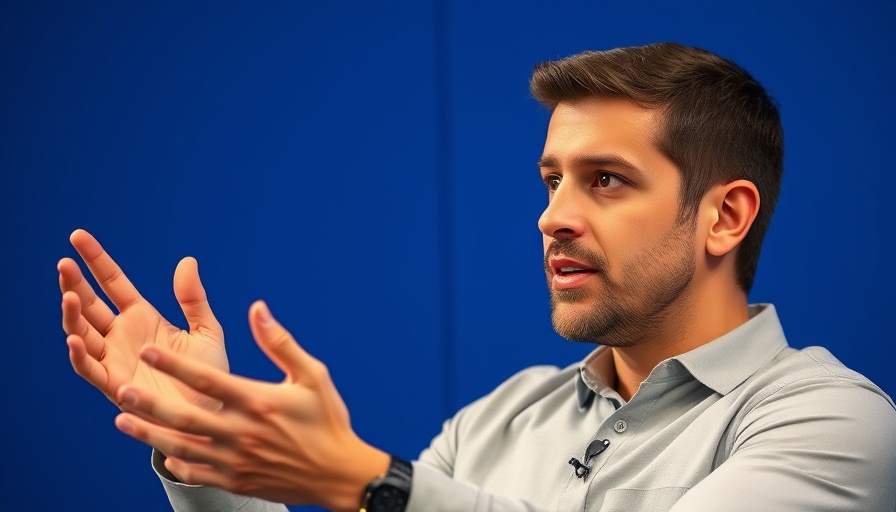
OpenAI Delays Launch of Its First Open Model in Years
OpenAI's eagerly anticipated open model, a significant advancement in the field of artificial intelligence, will see its launch postponed until later this summer, CEO Sam Altman announced via a post on X (formerly Twitter). This news comes as a surprise to many who were expecting a June release, as initial timelines suggested it was set to debut in early summer.
In his post, Altman noted, "We are going to take a little more time with our open-weights model, i.e., expect it later this summer but not June. Our research team did something unexpected and quite amazing, and we think it will be very, very worth the wait, but it needs a bit longer." This development raises questions about the impact of innovation and competition in the rapidly evolving AI landscape.
The Competitive Landscape of AI
The delay of OpenAI's open model release comes at a critical time when the competition among AI developers is intensifying. Just this past week, Mistral, another AI lab known for its release of open models, introduced its first family of AI reasoning models called Magistral. Additionally, the Chinese AI lab, Qwen, has also announced a line of hybrid AI reasoning models that balance traditional quick replies with deeper reasoning processes.
This competition creates a pressure cooker environment where OpenAI must not only catch up but also excel with their forthcoming model. Observers are keenly interested in seeing how these dynamics will shape the direction of AI development and open-source solutions.
Elevating Expectations: Features and Capabilities
OpenAI's upcoming open model promises to enhance its reasoning abilities to compete with others like DeepSeek’s R1. The goal is to not only match but to outperform current offerings on the market. While exact details are still forthcoming, there are discussions on integrating advanced features such as connectivity with OpenAI’s cloud-hosted models to facilitate complex queries.
However, the success of such features remains uncertain as the company continues to refine its approach. This mirrors the excitement and concern surrounding new technology breakthroughs—users are hungry for innovation but also cautious about untested features and functionalities.
Why OpenAI’s Release is Crucial for Its Reputation
The delay has significant implications for OpenAI's standing in the tech community. Historically, the company has faced critiques regarding its commitment to open-sourcing. Altman himself remarked that they have often found themselves on the “wrong side of history” regarding open models. By releasing a competitive open model, OpenAI looks to improve its image not just among developers but within the broader context of technological ethics and accessibility.
For many in the AI space, an open-source model from OpenAI could be a game changer, particularly in building trust and reliability in AI technologies. By taking the time to refine the model, OpenAI may be positioning itself to surprise skeptics and reaffirm its status as an innovator.
The Future of Open Models: Anticipated Impacts
As the landscape evolves, one must consider what the future holds for open models in AI. There is a growing expectation around how these models will influence fields ranging from education to business optimization.
Expectations of performance will dramatically shift as models begin to integrate more complex reasoning and adaptability. This could lead to enhanced efficiencies in various applications, ultimately affecting how industries utilize AI tools to solve complex problems.
Staying Updated: What This Means for Tech News Consumers
For those following the latest developments in technology, keeping an eye on OpenAI and its forthcoming open model release is crucial. This event is likely to ripple across the tech industry, influencing everything from market trends to individual business strategies. Consumers and developers alike should remain attuned to these changes, as advancements in AI will inevitably shape various sectors.
Stay connected for more insights into how these delays and launches in emerging technologies impact both current innovations and future opportunities in the tech sphere.
 Add Row
Add Row  Add
Add 



Write A Comment